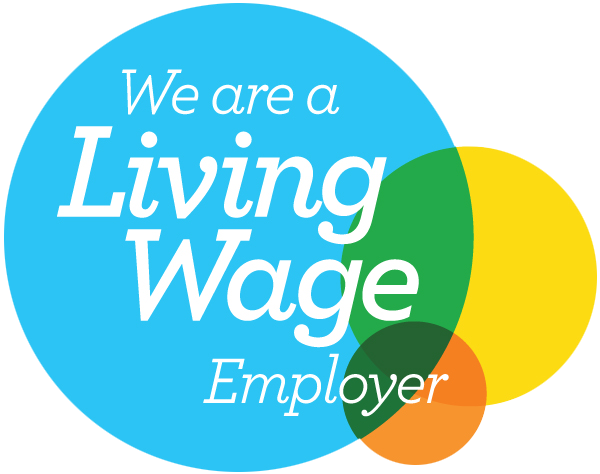
To start off with it’s all about data, data and more data. It is important that you spend the time collecting data and establishing if there is any specific action required with certain groups of employees. Within your own four walls, take a look at your voluntary turnover levels and look specifically at their salary grade and job function or family. Is there a pattern? Are you losing employees within a certain location? Are they all in a certain function and are there other employees who may be considered a flight risk?
On the flip side, are there any specific attraction issues? Speak to your recruitment team and/or senior leaders to establish if there are any areas where you have difficulty recruiting. Is the overall package attractive enough? The organisation should aim to attract, motivate and retain their employees. It is therefore important to establish if there are specific attraction or attrition issues and also look at what action, if any, needs to be taken. For example, consider any retention packages for flight risk employees or sign on bonuses for new employees.
Once you have looked internally to establish if there are any issues that need addressing, it is useful to then look externally, to establish if there are any specific premiums or variances that need to be considered further. For instance, is there a regional premium? It is widely known that organisations in London have paid more in salary, compared to the rest of the UK, for a number of years. However, it is important to track regional variances to ensure your compensation package tracks the market. The same can be said for any functional or industry premiums. For example, there has been a documented shortage of graduate engineers entering into the UK workforce and, as a result, there has been a slow but consistent increase in base salary, ahead of the overall market, paid to engineers in the last few years.
When discussing the overall pay award, it is important to not just look at what the overall market is doing, but consider other factors simultaneously. It can be easy and straightforward to award increases that follow the market. However, if the organisation cannot sustain the cost increase, it can pose additional risk to the performance of the organisation. When looking at the affordability from a company viewpoint, it is important to look at the overall increase in headcount cost and not just in base salary terms. For example, any increase in base salary may also increase the employer National Insurance Contribution cost. Also, will any increases be pensionable? Will it add to the overall bonus pay out? Will it mean additional costs to any life insurance or other additional benefits that are offered to employees? It is also prudent to look at the latest inflation figures to analyse what effect inflation has on any salary increases.
It is vital to ensure the overall pay review process goes smoothly and is carried out in an appropriate time frame. Commencing the review too early, say 6 months before the increase, could mean that some of your data may be inaccurate and out of date. However, starting the review too late, say with only one month to go before the increase date, may mean you don’t have time to collect all of the relevant data. You may not have time to meet with the senior leadership team or remuneration committee to obtain any agreements or approvals required. When creating a timeline, ensure there is sufficient contingency in there; you can never have enough contingency!
Are your leaders seasoned pro’s at this process or are some of your leaders going through this process for the first time? I suspect for many it is the latter. Do managers have a specific pot of money to allocate to their employees? If so, have they been educated and are they aware of what increases are appropriate for their employees? Do they know what an appropriate increase for their top performers would be? Are they aware what the market increases are and what the current inflation increases are? Are there guidelines in place for managers to ensure some sort of consistency in increases across the organisation? It is important that the leaders are knowledgeable in the process and are aware of what is expected of them. From deciding what increases to award employees, to communicating award decisions, it is important to manage their expectation from the outset.
Ultimately, the annual pay review process is not just about the annual pay increase. It is about ensuring the salary structures or spot rates are appropriate. Ensuring you are positioned where you want to be relative to the overall market. Are you happy to be positioned at the market median or would you prefer to be positioned more towards the upper quartile? Have you addressed any attraction or retention issues? Are there regional or functional variances that need to be addressed? Can the organisation afford what the market average salary increases are? Crucially, at the end of the day, do you have enough resource and time?
Deciding what increases to award employees is the easy bit, provided you have done the ground work.

Managing Director
Tim is a passionate HR specialist with over 20 years’ experience in pay and reward. As a director of Paydata, Tim has worked with thousands of satis...
FREE WEBINAR Following on from our earlier sessions on this topic, which attendees found extremely useful, we are returning to this subject once again with this free to attend webinar. Date & Time Available on demand Pay Review Challenges What challenges...
Sign up for briefings on pay benchmarking, salary surveys, reward strategy and statistical updates.
sign up for updates
© Paydata Ltd 2025 All rights reserved.
Registered in England no: 3632206
VAT no: 728 0808 28
Paydata Ltd, 24 Commerce Road, Lynch Wood, Peterborough, Cambridgeshire, PE2 6LR

